Anchor clamps: characteristics and application
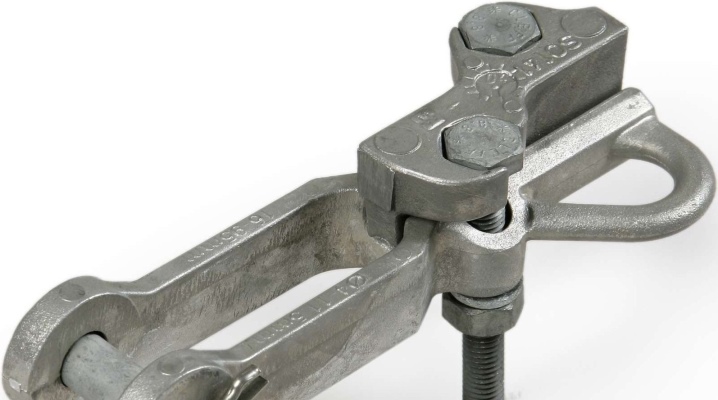
During the construction of new electric overhead lines or subscriber communication lines, anchor clamps are used, which greatly facilitate and speed up installation. There are several types of such mounts. This article will list the main types and parameters of these products.
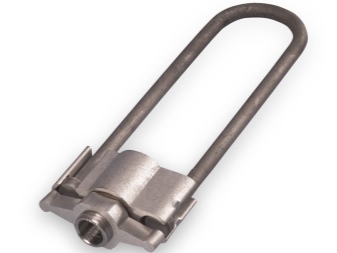
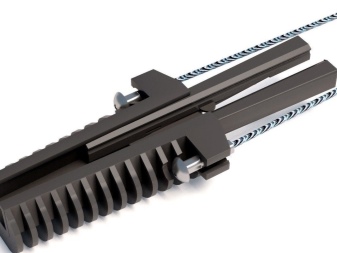
Characteristic
Anchor clamp for self-supporting insulated wires is a device designed to securely fix the SAP between the supports on which they are attached.
Since anchor clamps are used for a long time in the open air, the main focus in their design is on strength.
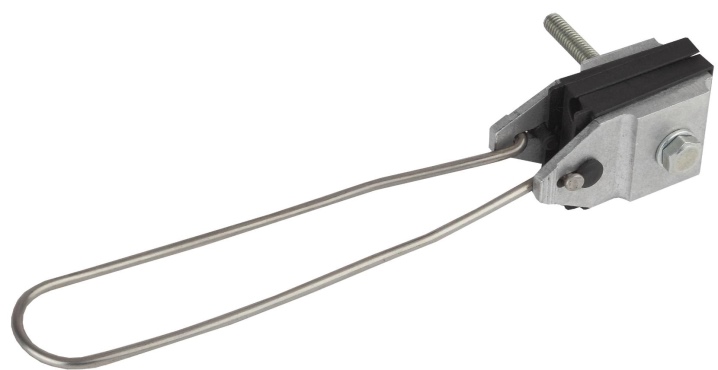
Clamping devices for self-supporting insulated wiring are made of aluminum-based alloys, galvanized steel or very strong thermoplastic. Let's consider the main characteristics of these products.
- Simplicity and speed of installation. The work does not require special training of specialists, and this significantly reduces the time spent on laying power lines.
- Security. The design of the mounts is very well thought out, which helps to reduce injuries to employees and damage to cables during installation.
- The opportunity to save. Due to the simple and reliable design, the consumption of materials for the installation of electrical networks is reduced.
- Reliability. Anchors serve well when exposed to any atmospheric conditions.
And also one of the features of the clamps is that they cannot be repaired: if they fail, they must be replaced.
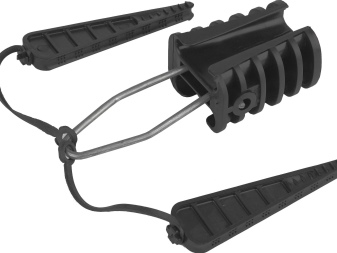

Views
Anchor clamps are divided into several types.
- Wedge-shaped. The wiring is fastened between two plastic wedges. Usually it is used when the distance between the supports is about 50 m. These fasteners can also be used for laying a fiber-optic subscriber cable. It is very easy and simple to install, it is inexpensive. But when it is necessary to fasten the wire at very large gaps, then it is not suitable, since it may slip. This can cause sagging and, as a result, breakage of the self-supporting insulated wire.

- Stretch. This is a special type of electrical wiring fastener, very reliable, with its help, various cables are installed on the lines. Thanks to its special design, it dampens vibrations from the wind and secures the wiring securely in the clamp.
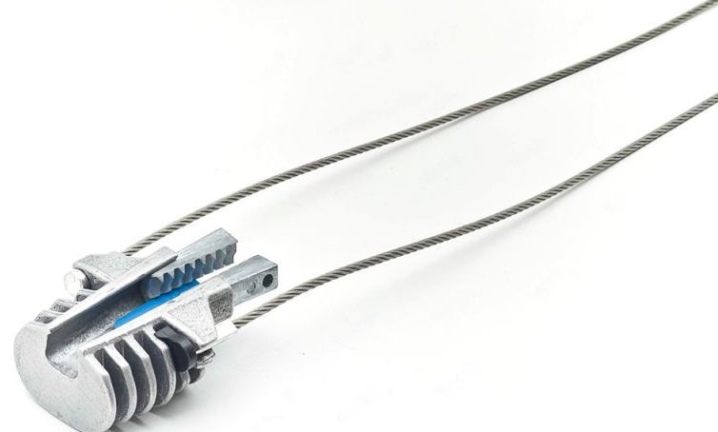
- Supportive. It is used so that there is no sagging of the wiring, as well as if the installation of cables is carried out in rooms under the ceiling. It prevents the wires from sagging, which generally helps them last longer.
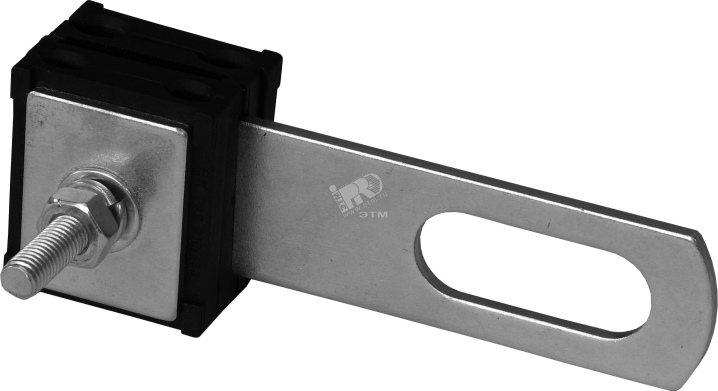
If you need to splice wires of different diameters, then the end clamp will come to the rescue. It is made of aluminum alloy, insulated or bare wires are fastened with bolts.
Dimensions (edit)
The use and parameters of anchor clamps, as well as their types, are established by GOST 17613-80. For more information on the regulations, please review the relevant standards.
Let's consider the most common options.
Anchor clamps 4x16 mm, 2x16 mm, 4x50 mm, 4x25 mm, 4x35 mm, 4x70 mm, 4x95 mm, 4x120 mm, 4x185 mm, 4x150 mm, 4x120 mm, 4x185 mm are used most effectively for laying air electric and subscriber lines. In this case, the first number indicates the number of cores that the anchor can carry, and the second indicates the diameter of these wires.
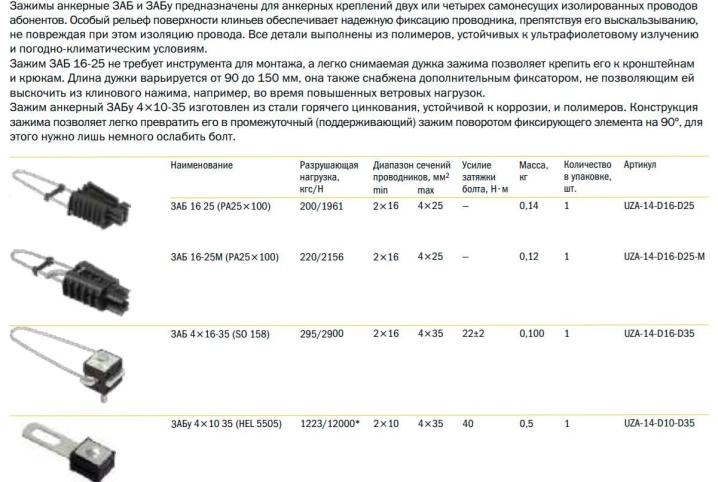
And also there is another type of marking, for example, 25x100 mm (2x16-4x25 mm2).
The range of cross-sectional diameters of wires that can be fixed in anchor-type mounts is huge. These can be thin cables with a diameter from 3 to 8 mm, medium cables from 25 to 50 mm, as well as large bundles from 150 to 185 mm. Anchor clamp PA-4120 4x50-120 mm2 and RA 1500 proved to be very good at laying air lines.
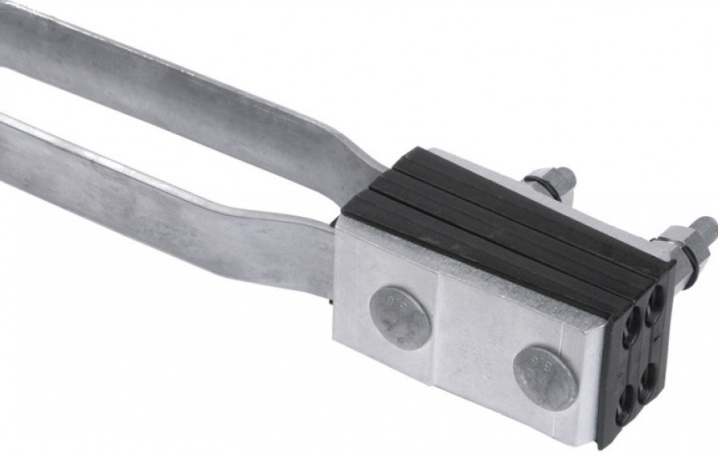
Appointment
The area of application of anchor type fasteners for self-supporting insulated wire is quite extensive and varied. They are used when it is necessary to fix the optical cable on the lighting poles or on the walls, to lead the electric network input wires to various objects, to keep the self-supporting flexible lines in a taut state.
It is not difficult to use the clamps, and this must be done in full accordance with the instructions and other documentation.

Installation features
If you attach the anchor clamp not to the bracket, but to the tightening loop, then you do not need an additional tool.
Installation must be carried out at an outside air temperature not lower than –20 degrees Celsius.
After the fasteners are installed in the right place, and the wiring is laid in its place, do not forget about fixing it with a special clamp, which will not allow the insulated cable to fall out of the socket under wind loads.
It is also important to remember about safety during work.
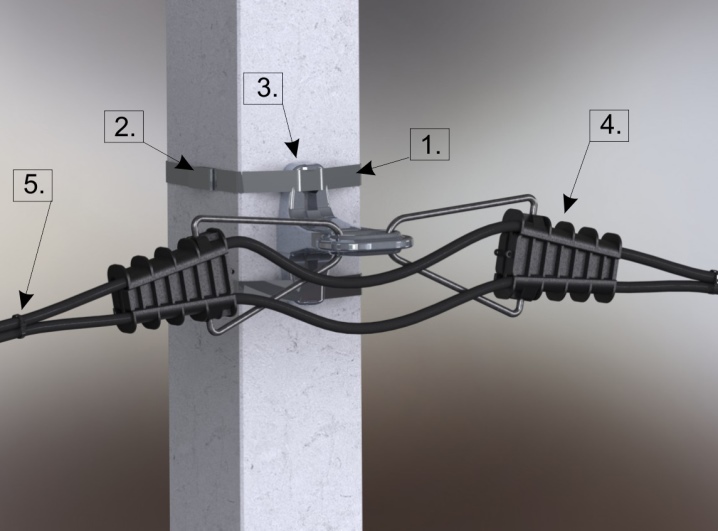
For anchor wedge clamps DN 95-120, see below.













The comment was sent successfully.